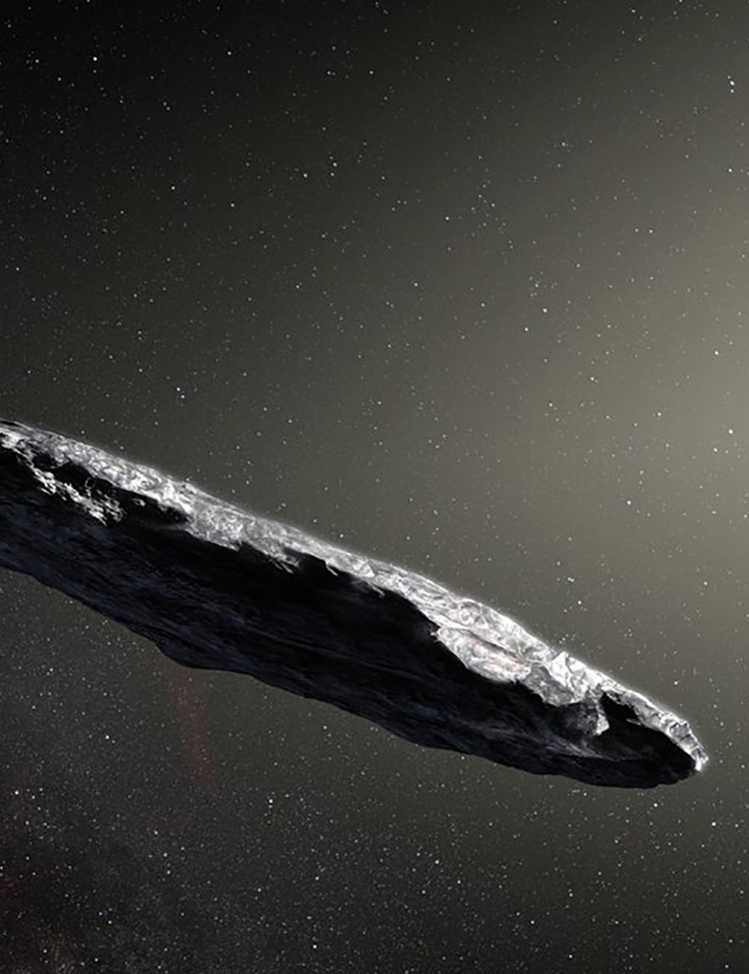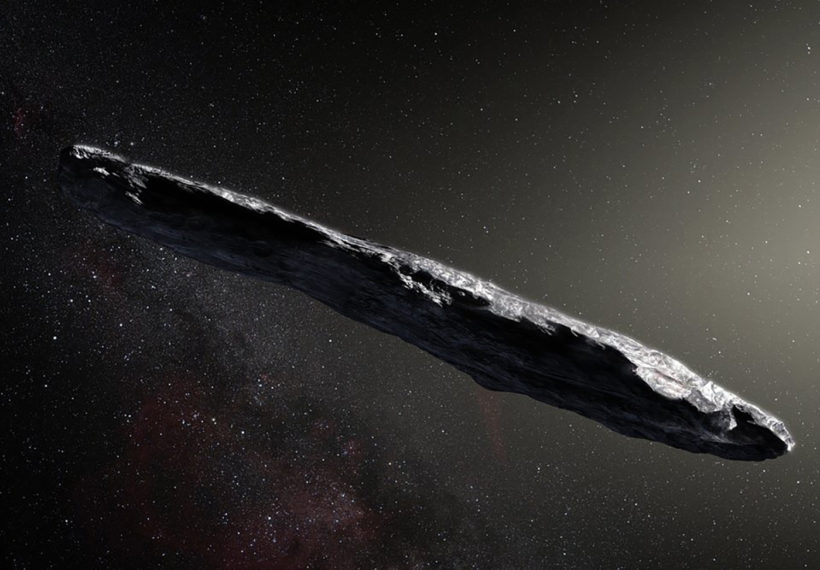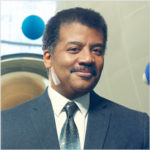About This Episode
On this episode of StarTalk Radio, Neil deGrasse Tyson explores the mysterious, dangerous, and possibly life-harboring world of comets and asteroids. Joining him is cosmochemist and science communicator Natalie Starkey, PhD, and first-time comic co-host Mark Normand to answer questions submitted by our fans on social media.-.
To start us off, Natalie explains the classical differences between comets and asteroids. You’ll learn if it’s possible to hollow out an asteroid to create a star shield. We explore the benefits and drawbacks of asteroid mining. Would mining a comet change its orbit? Discover more about the “worth” of a comet and why any large influx of materials from a comet could collapse economic markets and industry.
You’ll find out why comets can be different colors, and why some glow green. We discuss the cutting edge technology that allows us to track where asteroids originally came from. You’ll also learn more about ‘Oumuamua, the interstellar visitor that passed through our solar system in 2017. We discuss if there are points between stars where comets are free from the influence of gravity. Neil shares his memories watching Comet Shoemaker–Levy 9 collide with Jupiter.
Investigate where the water on Earth originally might have come from in the early formation of the planet. We debate the Panspermia hypothesis and try and gauge what the survivability of tardigrades means for transporting life across the universe. You’ll also hear about the Oort cloud. Mark wonders why we don’t get hit with asteroids more often and Neil and Natalie describe how the Earth is constantly plowing through space debris. Lastly, Natalie refreshes our memory on the Chelyabinsk meteor that struck in 2013. All that, plus, Neil and Natalie explain why studying comets and asteroids may hold the answers to one of the most important questions of all – how did we get here?
NOTE: All-Access subscribers can watch or listen to this entire episode commercial-free here: Cosmic Queries – Asteroids and Comets.




 Unlock with Patreon
Unlock with Patreon


 Become a Patron
Become a Patron